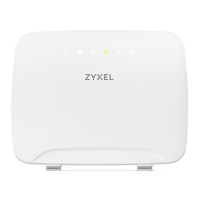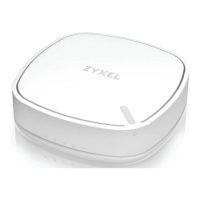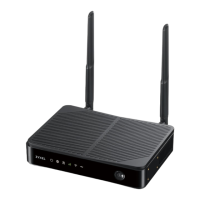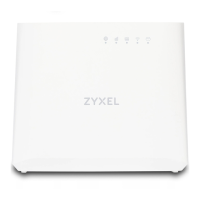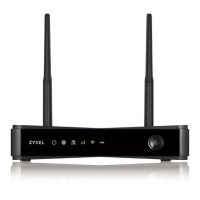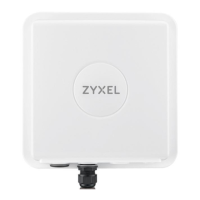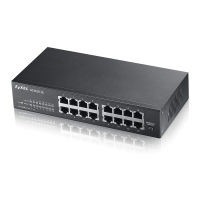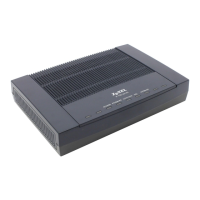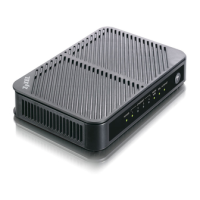Chapter 10 NAT
LTE3311 Series User’s Guide
93
In addition to the servers for specified services, NAT supports a default server. A service request
that does not have a server explicitly designated for it is forwarded to the default server. If the
default is not defined, the service request is simply discarded.
Note: Many residential broadband ISP accounts do not allow you to run any server
processes (such as a Web or FTP server) from your location. Your ISP may
periodically check for servers and may suspend your account if it discovers any
active services at your location. If you are unsure, refer to your ISP.
Port forwarding allows you to define the local servers to which the incoming services will be
forwarded. To change your LTE3311’s port forwarding settings, click Network > NAT > Port
Forwarding. The screen appears as shown.
Note: If you do not assign a Default Server, the LTE3311 discards all packets received
for ports that are not specified in this screen or remote management.
Refer to Appendix D on page 216 for port numbers commonly used for particular services.
Figure 57 Network > NAT > Port Forwarding
The following table describes the labels in this screen.
Table 38 Network > NAT > Port Forwarding
LABEL DESCRIPTION
Default Server Setup
Default Server In addition to the servers for specified services, NAT supports a default server. A default
server receives packets from ports that are not specified in the Port Forwarding
screen. You can decide whether you want to use the default server or specify a server
manually.
Select this to use the default server.
Change to Server Select this and manually enter the server’s IP address.
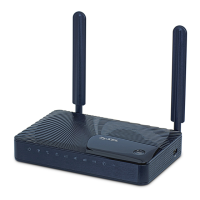
